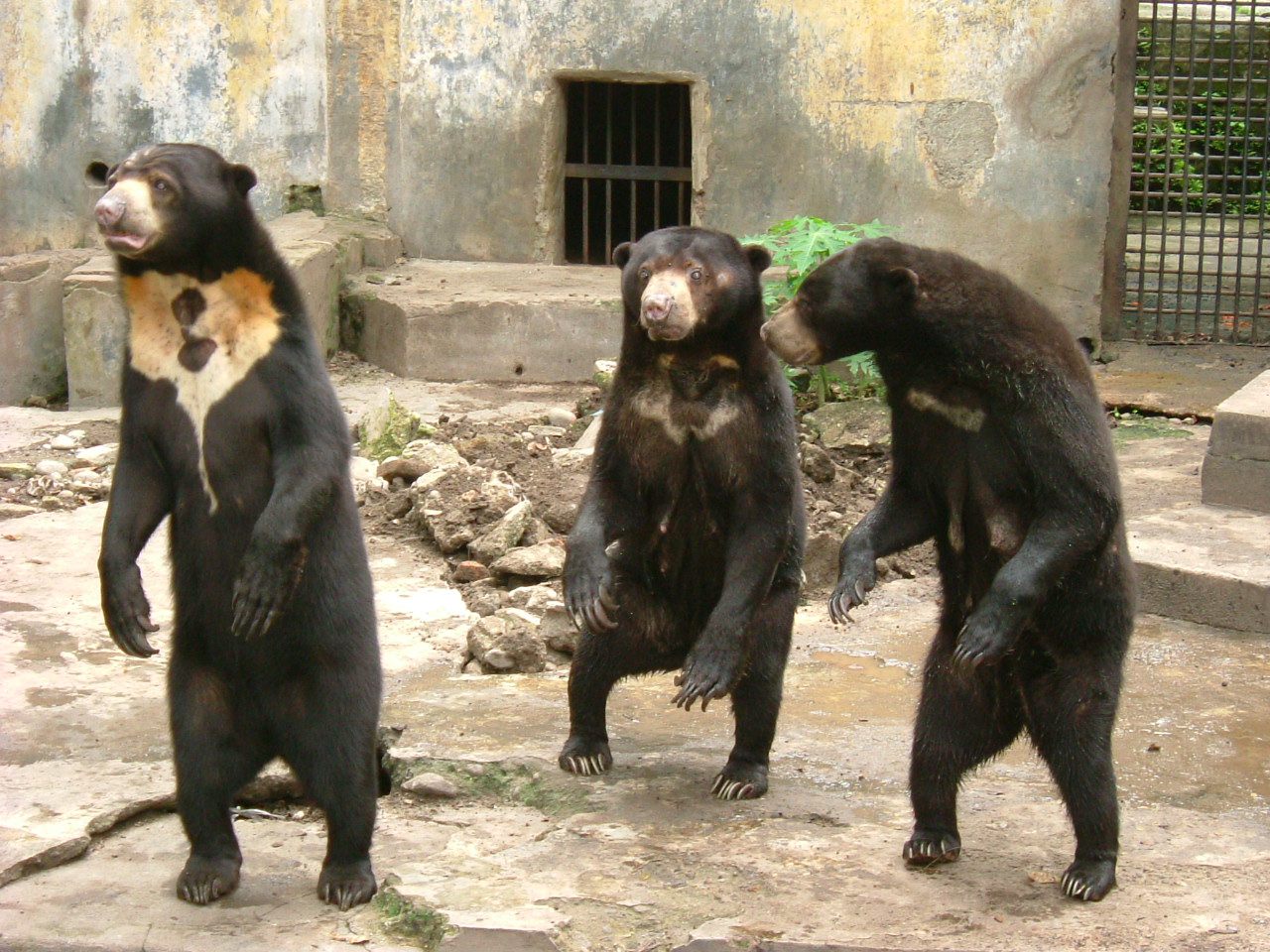Small Yet Fierce
On March 23, we celebrate the Ursidae family, which consists of 8 species: the giant panda, spectacled bear, sloth bear, sun bear, the American and the Asian black bear, brown bear and polar bear.
For this year’s World Bear Day, our focus is on perhaps the oddest, but surely the smallest of them all – the sun bear (Helarctos malayanus).
Named after the patch of white-to-golden fur on its chest that’s believed to represent the rising sun, the sun bear is no fan of our closest star. Quite the opposite! Sun bears are mostly nocturnal, although males are active during the day, too. They eat termites, honey, small animals and fruit, and play a role in seed dispersal on Borneo.
Every picture of a sun bear looks like it's a human in a bear costume who's doing a very bad job acting natural pic.twitter.com/Znlor2GrRG
— Dana Schwartz (@DanaSchwartzzz) March 4, 2018
The bear’s inward-turning feet, long claws, broad head, flat chest, disproportionately large teeth and extremely long tongue (extended to up to 25 cm during feeding) make it look almost comical. Its behavior makes up for its odd looks – locals believe the animal to be the fiercest species in its range, behaving very aggressively if surprised. Lucky for humans and the bear, the species is very secretive and rarely spotted in the wild and near people.

| Common name: | Sun bear |
| Scientific name: | Helarctos malayanus |
| Phylum: | Chordata |
| Class: | Mammalia |
| Order: | Carnivora |
| Family: | Ursidae |
| IUCN status: | Vulnerable |
| Population trend: | Decreasing |
| Scientific reading: |